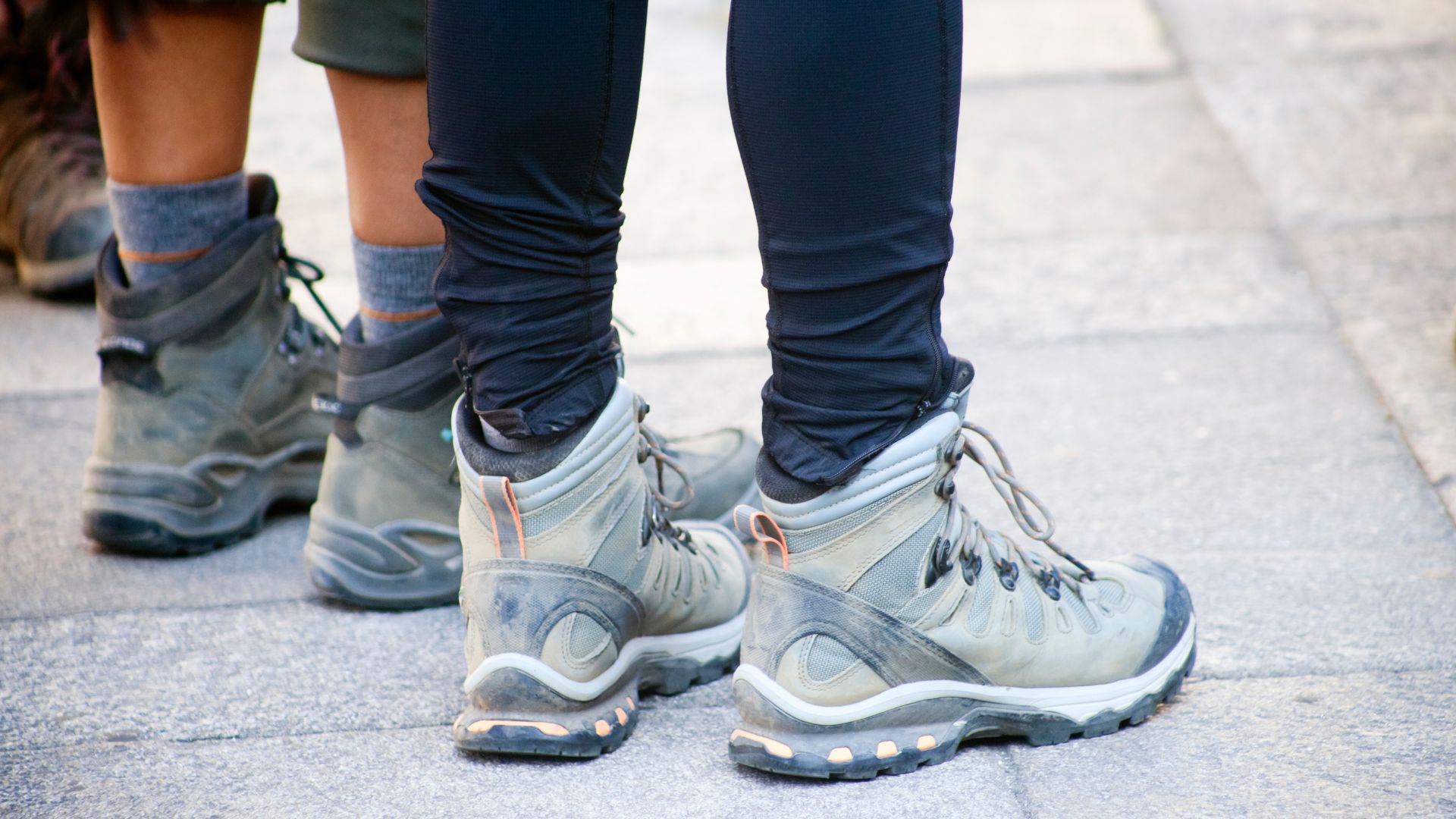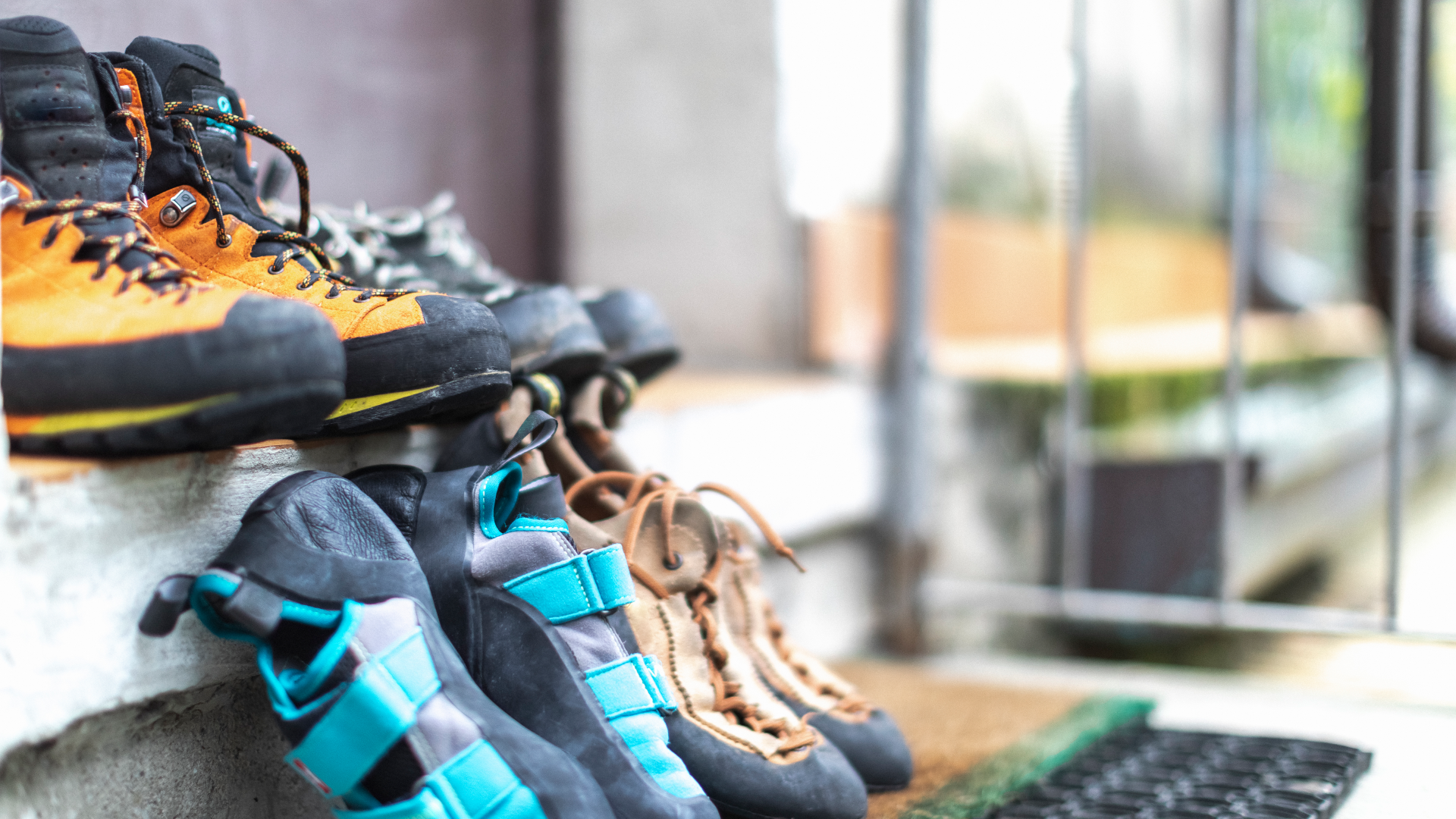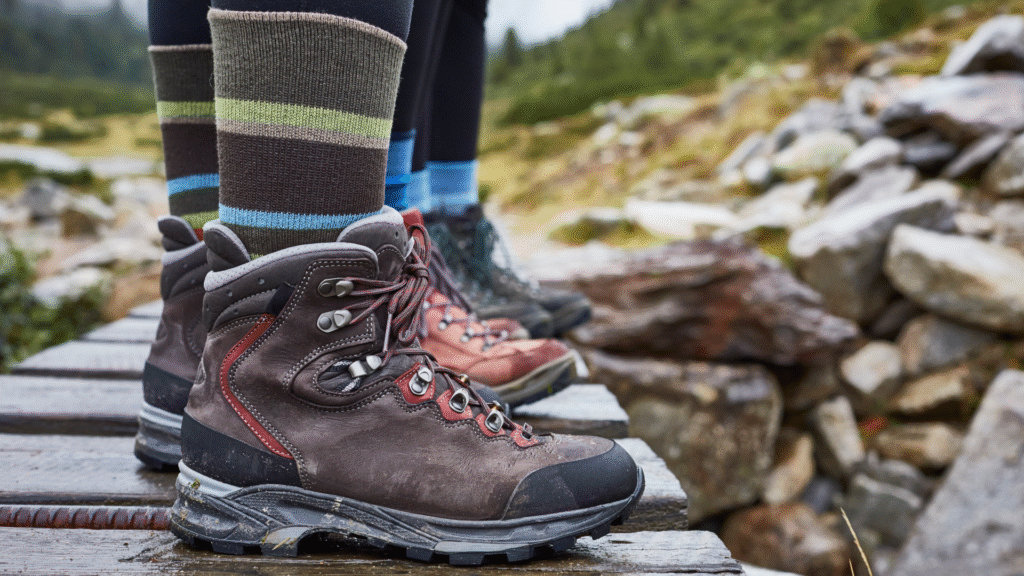Your hiking boots were made for walking, and that’s just what they’ll do – if you take proper care of them and avoid these five common mistakes.
Our walking shoes get put through their paces all year round, but it’s during the autumn/winter months that they can really take a bit of a battering, thanks to the cold, wet weather, which can leave them more prone to wear and tear, if not cared for properly.
According to Mountain Warehouse, a pair of hiking boots should last between 500-1200 miles – that means if you only walk 10 miles per week, you’re looking at a lifespan of one to two years. But, if your boots aren’t lasting this long, it’s possible you may be diminishing their longevity without even realising.
Here are five common mistakes you want to avoid that will help yours last longer…
1. Not cleaning them regularly
(Image credit: Getty Images)
We get it, it’s boring and the last thing you want to do after a long hike. But, leaving dirt on your boots can affect their breathability, waterproofing and ruin their grip – particularly if there’s a lot of dirt wedged between the lugs, which has hardened over time. Dirty, unmaintained boots will deteriorate fast. Not sure how to clean them? We break down exactly how to do it in hiking boot care guide.
2. Drying them in direct heat
It may seem like the quickest way to dry your soggy boots so that they’re ready for your next outing, but direct heat can damage the exterior of your boots and the glue that holds the uppers together. Leather boots can also become cracked and brittle. Avoid popping them near a radiator, fire and do not reach for the hairdryer. Instead, remove the insoles, stuff the inside of your boots with some newspaper, and place them in a well-ventilated area. Refresh the newspaper until they’ve dried out completely.
3. Wearing them all the time

(Image credit: Getty Images)
Again, we get it – you love your new boots; they’re super comfy and easy to chuck on for everyday errands. However, walking/hiking boots are designed specifically for uneven terrain and rocky areas, they’re not made for pounding the pavement reguarly. All this will do is wear down the soles quicker and reduce their grip, meaning you’ll have to replace them sooner than intended. Save them for the trails instead.
4. Not maintaining them regularly
Just as your tent and waterproof jacket require re-proofing to help expand their lifespan, so do your hiking boots. It’s just another way to give them some TLC. It will depend on what your boots are made out of though – full-grain leather, fabric or Nubuck/suede – as to how you go about this. Mountain Warehouse advises re-proofing three to four times a year if you’re a keen hiker. Not sure what to buy? We recommend the Nikwax fabric and leather proof spray that can be used on synthetic fabrics and leather.
5. Storing them in the wrong place

(Image credit: Getty Images)
Believe it or not, but where you store your boots can add or subtract years to their lifespan. Similar to drying your boots, you want to avoid storing them anywhere that’s too hot or humid, as this can affect the fabric and draw moisture out of leather, causing it to crack. To improve their longevity, keep your boots in a cool, dry location that’s well-ventilated away from moisture and sunlight.


